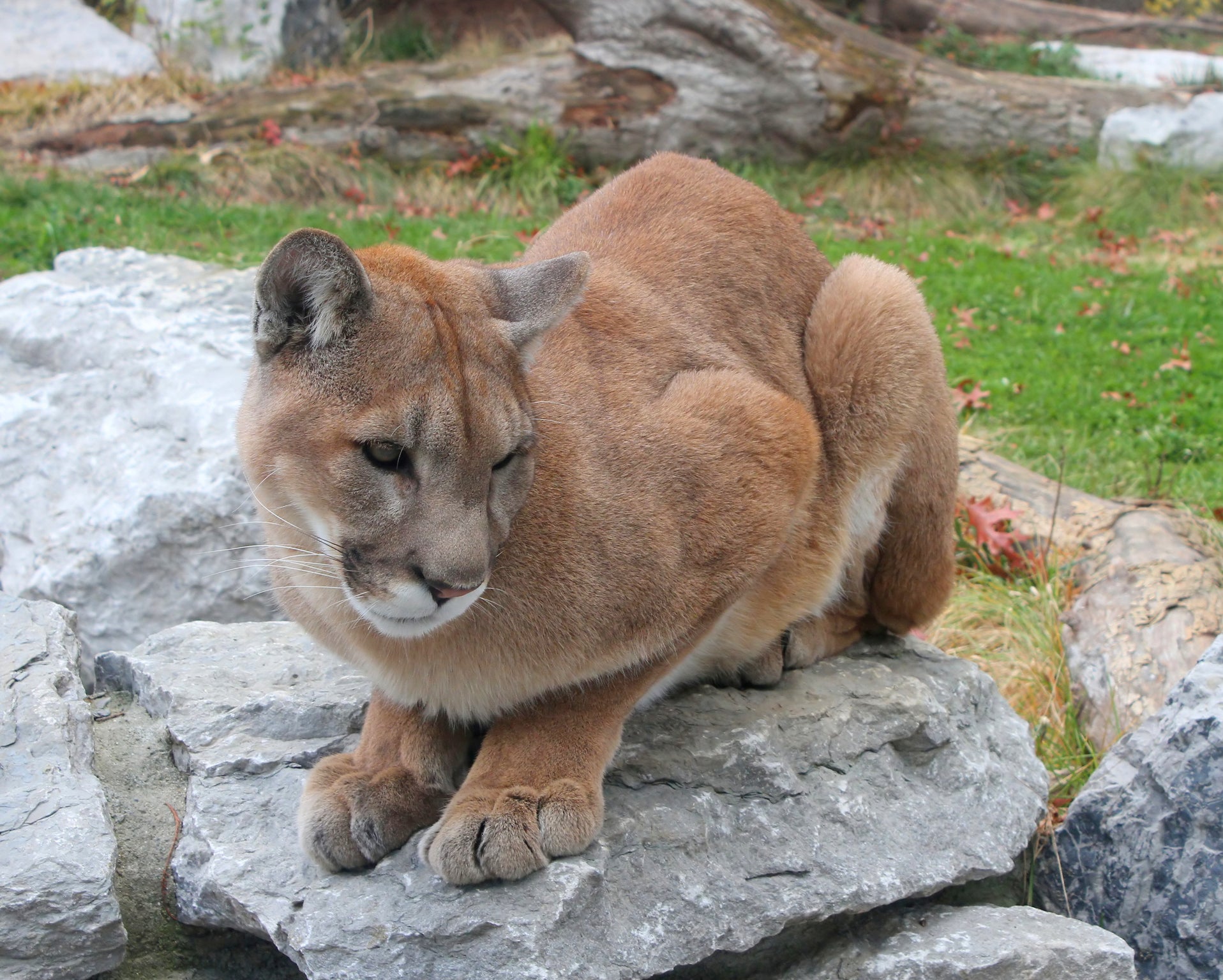The Eastern Cougar will be officially listed as extinct — almost 80 years after last sighting
The last of the species was last spotted in North America in 1938

Nearly 80 years after it was last seen, the eastern cougar will be officially recognised by US conservation authorities as 'extinct'.
Following a four-year review, the US Fish and Wildlife Service (USFWS) will next month remove the eastern cougar from its list of endangered and threatened species — where it has been for the last 43 years.
The big cat, which once roamed North America from Canada to South Carolina, will no longer receive Endangered Species Act protections.
Critically endangered species
Show all 10Cougars - along with their cousins panthers and pumas - were once the most widely distributed land mammal in the western hemisphere, but have been driven out from two-thirds of land that they once occupied, wildlife biologists have said.
There are still an estimated 30,000 mountain lions in the western United States, but the Florida panther is a highly endangered species — there are fewer than 100 left.
It is thought that these two animals account for the vast majority of cougar sightings in the last 100 or so years.
The last confirmed sighting of an eastern cougar was one killed by a hunter Maine in 1938. Before that, one was seen in New Brunswick, Canada six years earlier.
The cat - which was between 6 and 8 feet long and weighed between 105 to 140 pounds - was largely wiped out in the 19th century following the arrival of European immigrants who killed them to protect themselves and their livestock.
Their demise was also caused by deforestation in the region, which drove their prey - the white-tailed deer - to the brink of extinction as well.
Additional reporting by Reuters
Subscribe to Independent Premium to bookmark this article
Want to bookmark your favourite articles and stories to read or reference later? Start your Independent Premium subscription today.

Join our commenting forum
Join thought-provoking conversations, follow other Independent readers and see their replies